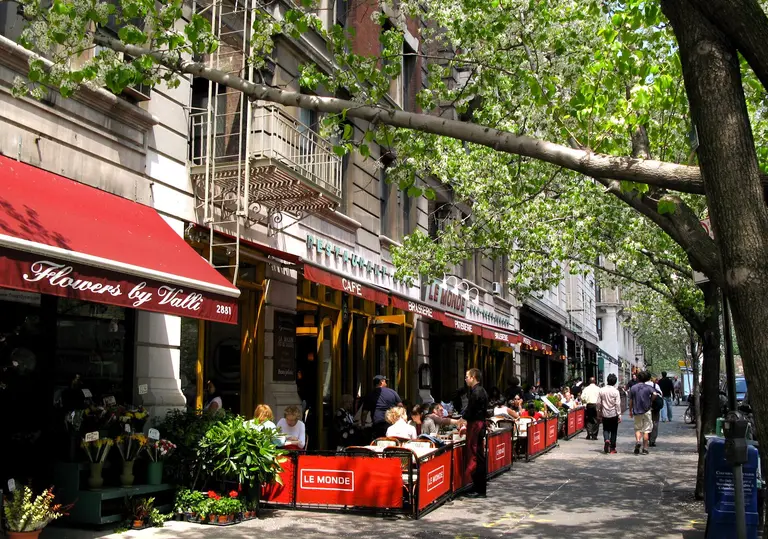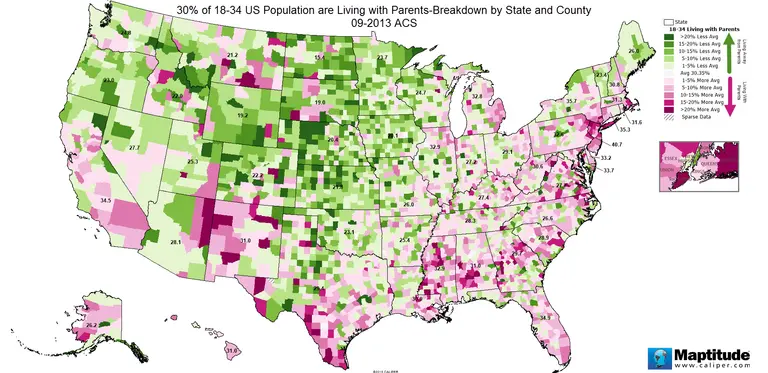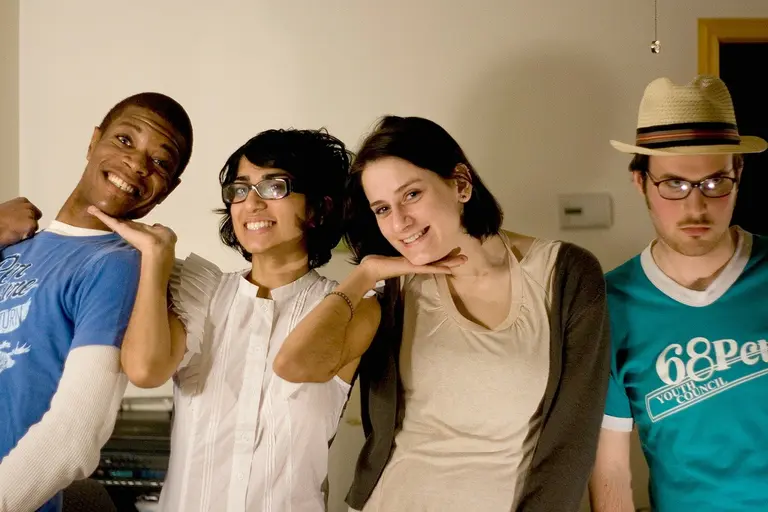May 18, 2016
Yet another survey on the fascinating habits of millennials comes to us via Gothamist, this time taking a closer look at where that generation’s critical masses are migrating en masse, and why. The Youthful Cities Global Millenial Survey by the data jocks at Decode interviewed 15,000 millennials in 34 cities throughout the world, then divided the results by continent.
The study focused on the idea that millennials were more likely to be satisfied enough to remain in their current city if it's perceived as a "youthful city." Some criteria for this magical metric include a government that listens to the concerns of young people, access to fulfilling jobs, safety, healthy residents and access to health services, good post-secondary education programs and clean green space. North American respondents saw affordability as the top concern, followed by employment, safety, and decent public transportation.
The survey shows that millennials see "a direct link between having a youthful city–a dynamic, curious, open, inventive, connected and playful city–and economic and financial benefits, including higher employment rates, more jobs, a stronger economy and a thriving environment for small business and entrepreneurship."
We're happier, but less employed












